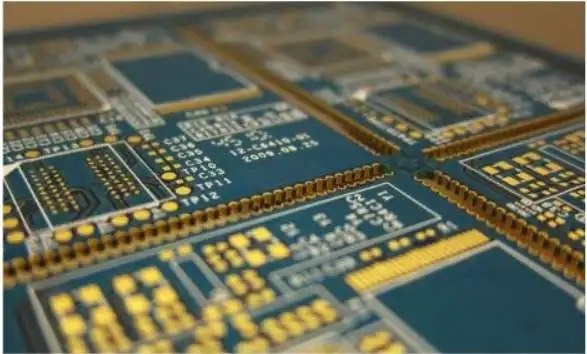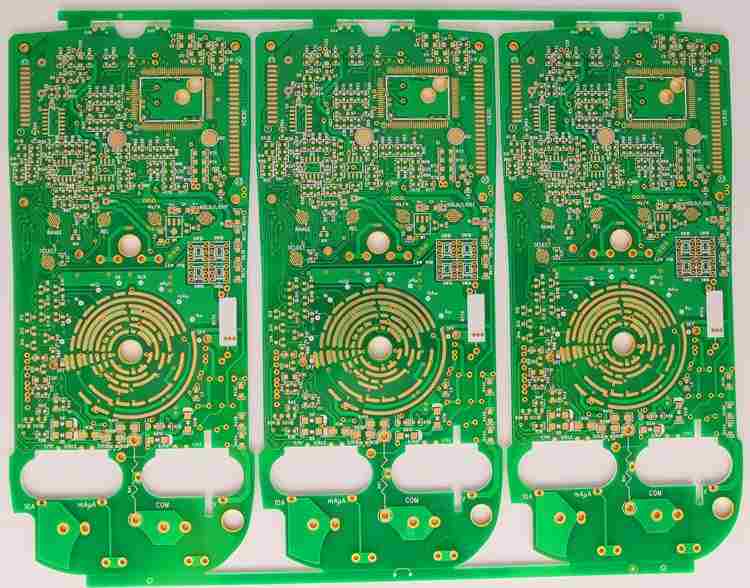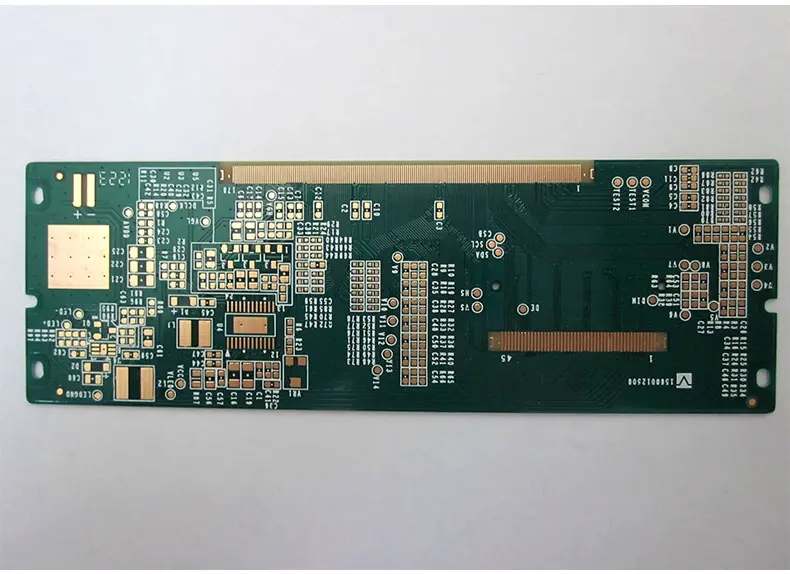
Pcb circuit board design distance and related safety requirements
Circuit board design and circuit board processing manufacturer explain the design distance of pcb circuit board and relevant safety requirements
Distance and related safety requirements
1. Electrical clearance: the shortest distance measured along the air between two adjacent conductors or one conductor and the surface of adjacent motor shell.
2. Creepage distance: the shortest distance measured along the insulating surface between two adjacent conductors or one conductor and the adjacent motor shell surface.
Determination of electrical clearance:
The distance can be determined according to the measured working voltage and insulation grade
See Table 3 and Table 4 for the size requirements of the electrical clearance of the primary side line
See Table 5 for the size requirements of the electrical clearance of the secondary side line
But usually: AC part at primary side: L-N ≥ 2.5mm in front of fuse, L N-PE (earth) ≥ 2.5mm, no requirement is required after the fuse device is installed, but a certain distance shall be kept as far as possible to avoid short circuit damage to the power supply.
AC to DC part at primary side ≥ 2.0mm
DC ground to ground at primary side ≥ 2.5mm (floating ground to ground at primary side)
The primary side part to the secondary side part ≥ 4.0mm, which is connected between the primary side and the secondary side
The electric gap of the secondary side is ≥ 0.5mm
The secondary side to the ground ≥ 1.0mm
Note: Before deciding whether to meet the requirements, apply 10N force to the internal parts and 30N force to the shell to reduce the distance, so that the space distance still meets the requirements in the worst case.
Determination of creepage distance:
According to the working voltage and insulation grade, the creepage distance can be determined by looking up Table 6
But usually:
(1) . AC part at primary side: L-N ≥ 2.5mm in front of fuse, L N The ground is ≥ 2.5mm, and there is no requirement after the fuse, but a certain distance should be kept as far as possible to avoid short circuit damage to the power supply.
(2) . AC to DC part at primary side ≥ 2.0mm
(3) . DC ground to ground at primary side ≥ 4.0mm, such as ground to ground at primary side
(4) . The distance between the primary side and the secondary side ≥ 6.4mm, such as optocoupler, Y capacitor and other element parts with the pin spacing ≤ 6.4mm, shall be grooved.
(5) . The distance between secondary side parts ≥ 0.5mm
(6) . The secondary side to the ground ≥ 2.0mm
(7) . Two stages of transformer ≥ 8.0mm

3. Insulation penetration distance:
The following regulations shall be met according to the working voltage and insulation application:
——No thickness requirement for working voltage not exceeding 50V (71V AC peak value or DC value);
——The minimum thickness of additional insulation shall be 0.4mm;
——When the reinforced insulation does not bear any mechanical stress that may cause deformation or performance degradation of the insulating material under normal temperature, the minimum thickness of the reinforced insulation shall be 0.4 mm.
If the insulation provided is used in the protective enclosure of the equipment, and will not be bumped or scratched by the operator during maintenance, and belongs to any of the following situations, the above requirements do not apply to thin layer insulation materials regardless of their thickness;
——For additional insulation, at least two layers of materials shall be used, and each layer of materials can pass the dielectric strength test of additional insulation; Or:
——The additional insulation consists of three layers of materials, and any combination of two layers of materials can pass the dielectric strength test of the additional insulation; Or:
——For reinforced insulation, at least two layers of materials shall be used, and each layer of materials can pass the dielectric strength test of reinforced insulation; Or:
——Reinforced insulation consists of three layers of insulating materials, and any combination of two layers of materials can pass the dielectric strength test of reinforced insulation.
4. Notes on wiring process:
Flat mounted components such as capacitors must be flat mounted without dispensing
If the distance between two conductors can be shortened by applying 10N force, if it is less than the distance required by safety regulations, glue can be applied to fix the part to ensure its electrical clearance.
When laying PVC film in some enclosure equipment, pay attention to ensure the safety distance (pay attention to the processing technology)
Please note that no foreign matters such as glue wire are allowed on the PCB board when the parts are fixed with glue.
The insulation shall not be damaged when machining parts.
5. Requirements for flame retardant materials:
Heat shrinkable sleeve V-1 or VTM-2 above; PVC sleeve V-1 or VTM-2 above
Teflon sleeve V-1 or VTM-2 above; Plastic materials such as silicon film, insulating tape V-1 or VTM-2 or above PCB board 94V-1 or above
6. About insulation grade
(1) Working insulation: insulation required for normal operation of equipment
(2) Basic insulation: insulation that provides basic protection against electric shock
(3) Additional insulation: independent insulation applied in addition to basic insulation to protect against electric shock once the basic insulation fails
(4) Double insulation: insulation consisting of basic insulation and additional insulation
(5) Reinforced insulation: a single insulation structure, which provides protection against electric shock equivalent to double insulation under the conditions specified in this standard
The applicable conditions of various insulation are as follows:
A. Operational insulation
a. Between two parts with different voltages
B. Between ELV circuit (or SELV circuit) and grounded conductive parts.
B. Basic insulation
A. Between parts with dangerous voltage and grounded conductive parts;
b. Between SELV circuits with dangerous voltage and depending on grounding;
c. Between the power conductor at the primary side and the grounding shield or the iron core of the main power transformer;
d. As part of double insulation.
C. Supplementary insulation
a. Generally speaking, it is between accessible conductor parts and parts that may have dangerous voltage after the basic insulation is damaged, such as:
I. Between the outer surface of the handle, knob, lifting handle or the like and its ungrounded axis.
II. It is between the metal shell of Class II equipment and the power cord sheath passing through this shell.
III. Between ELV circuit and ungrounded metal housing.
b. As part of double insulation
D. Double insulation
Double insulation Reinforced insulation
Generally speaking, between the primary circuit and
a. Between accessible ungrounded conductive parts, or
b. Between circuits of floating SELV or
c. Between TNV circuits
Double insulation=basic insulation+supplementary insulation
Note: ELV circuit: extra low voltage circuit
Under normal working conditions, the AC peak value between conductors or between any conductors does not exceed 42.4 V or the DC value does not exceed 60 V.
SELV circuit: safety extra low voltage circuit.
The secondary circuit is properly designed and protected, so that the voltage between any two accessible parts, and between any accessible parts and the protective grounding terminal of the equipment (only for Class I equipment) will not exceed the safety value under normal conditions or single fault conditions.
TNV: Communication network voltage circuit
A circuit that carries a communication signal under normal operating conditions. Circuit board design and circuit board processing manufacturers explain the design distance of pcb circuit board and its related safety requirements.









